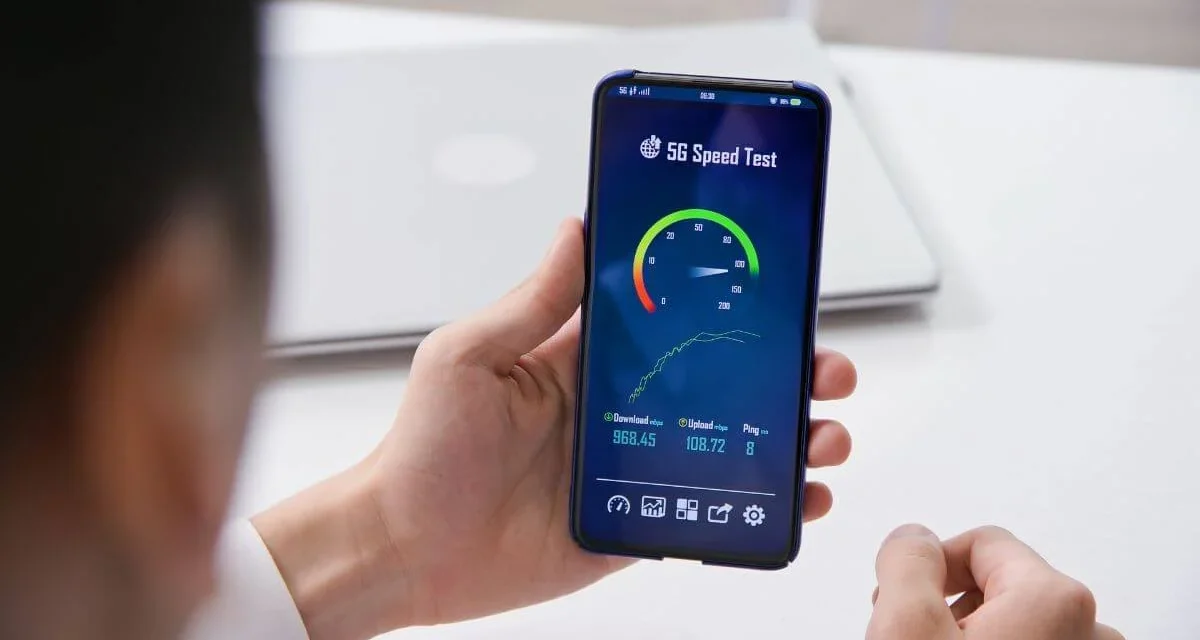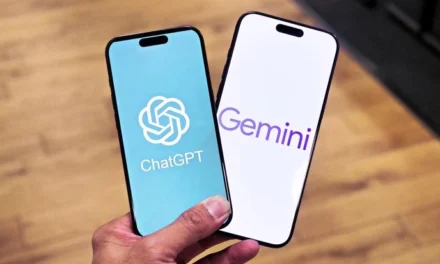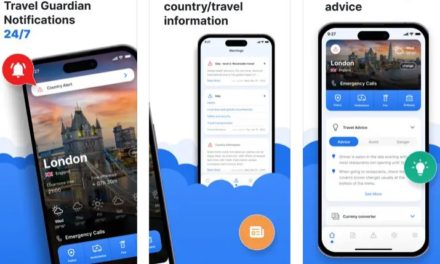Having an old Android phone doesn’t mean you need to replace it immediately. With the right tweaks and optimizations, you can breathe new life into your device. Whether you’re battling laggy apps, slow performance, or poor storage management, this guide will help you make your Android feel faster and more responsive.
1. Clear Cache and Unnecessary Files
Over time, apps store cached data that can slow down your device. Clearing the cache regularly frees up storage and improves speed.
-
Go to Settings > Storage > Cached Data and clear it.
-
Use apps like Files by Google to safely remove junk files.
2. Uninstall or Disable Unused Apps
Old Android phones often suffer from “app overload.” Too many unused apps consume RAM and slow performance.
-
Delete apps you don’t use.
-
For system apps you can’t uninstall, disable them to stop background processes.
-
Check our guide on best lightweight Android apps for alternatives.
3. Update Your Software
Many users ignore system and app updates, but updates bring bug fixes and optimizations.
-
Keep your Android version and apps up to date.
-
Read more about the latest Android 16 features and how updates improve performance.
4. Use Lite Apps or Web Versions
Instead of running heavy apps, switch to lite versions like Facebook Lite or Messenger Lite. Alternatively, use web apps in your browser for less storage and memory usage.
5. Reduce Animations and Background Processes
Animations look nice but slow down older devices.
-
Go to Developer Options > Window Animation Scale / Transition Animation Scale and set them to 0.5x or off.
-
For step-by-step help, check our tutorial on how to enable developer options on Android.
6. Free Up Storage Space
Low storage is a major reason for sluggish phones. Delete large files, old downloads, and unused media. Use cloud storage like Google Photos or Drive to move files off your device.
-
You can also explore our article on best Android storage management apps to free up space quickly.
7. Restart Regularly
Restarting clears temporary memory and refreshes the system. Make it a habit to restart your phone at least once a week.
8. Consider a Factory Reset
If nothing else works, a factory reset can restore performance by removing clutter and errors built up over years. Just remember to backup your Android data first.
Conclusion
Your old Android phone doesn’t have to feel outdated. By following these tips, you can extend its life, improve performance, and avoid unnecessary upgrades. A few simple optimizations can make your device run smoother and faster—even in 2025. For more tech insights, check our Android optimization blog series.
FAQs
1. How do I make my old Android phone faster without rooting?
You can clear cache, uninstall unused apps, reduce animations, and update your software—no rooting required.
2. Does clearing cache delete personal data?
No, clearing cache only removes temporary files. Your photos, messages, and personal data remain safe.
3. Which apps slow down Android the most?
Heavy apps like Facebook, Instagram, and some games consume a lot of RAM. Switching to lite or web versions helps.
4. Is factory reset safe for old Android phones?
Yes, it restores your phone to original settings and can significantly improve speed. Just back up your important data first.
5. How often should I update my Android apps?
Update regularly. Developers release updates to fix bugs and optimize performance, which helps old devices run smoother.





